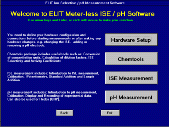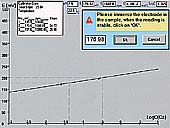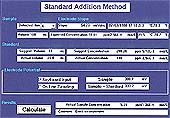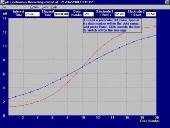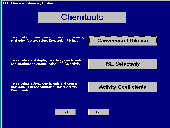|
More Examples of Graphical
output....
To fully appreciate the benefits of these
systems, please download our Demonstration
Software.
Modes of
Operation:
All
multi-channel analyzers can be used in two configurations:
1) For measuring in
several different vessels simultaneously - each sensor
electrode has its own separate reference electrode.
2) For simultaneous
multi-component analysis in a single vessel - all sensors use
the same single reference electrode.
However, it must be noted that there are several factors that must be taken into account before it is possible to say which ions can be measured simultaneously in the same solution using multichannel analysers. The most important point is that ISEs are not ion-specific. All are sensitive to some other ions to some extent. Therefore before designing a multi-channel measuring system it is necessary to know the expected composition of the sample ie: what is the expected concentration range of each of the ions to be measured and of any other ions which might interfere.
The known interfereing ions for each ISE are given in the specification sheets (accessed via the list of ions on the home page) and a formula is given for calculating the likely magnitude of the interference from each ion. With this knowledge, a detailed study must be made to be sure that none of the target ions significantly interfere with each other and there are no other interferents which would have a significant effect on the result for the measured ions.
The lower concentration limit must also be considered - the lower figure on the specification sheets is the detection limit but the limit for reasonably accurate measurements is normally several times this figure. Also note that each ISE has a specified pH range and any candidates for simultaneous measurement must all have pH compatibility. Lastly, it may not be possible to make multi-component analysis in an original sample if the total ionic strength of the sample is high - some pretreatment of a sub-sample and standards may be necessary.
A discussion of these factors can be found here and it is strongly advised that these limitations are fully understood in order to make a realistic assessment of what ions are suitable for simultaneous measurement.
If pH is required together with ISE then a
standard combination pH electrode is used to provide the reference
system for all the other mono-electrodes; i.e. no separate
reference electrode is required - but note that this may not be
suitable for ions where K and Cl are interferents, particularly at
low concentrations, because of the possibility of contamination by K and Cl from the
pH electrode.
ELIT 9809 Rechargeable Battery Power
Pack
for ELIT Analysers
The Rechargeable Battery Power Pack
contains high capacity Nickel Metal Hydride batteries.
The batteries cannot be removed and are
charged within the Power Pack by connecting the power supply for the
Analyser to the Power Pack.
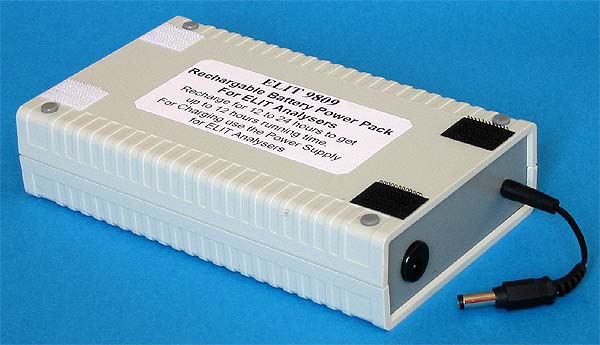
The Label on the Battery Power Pack states:
Recharge for 12 to 24 hours to get up to 12 hours running time.
For charging use the power supply for ELIT Analysers.
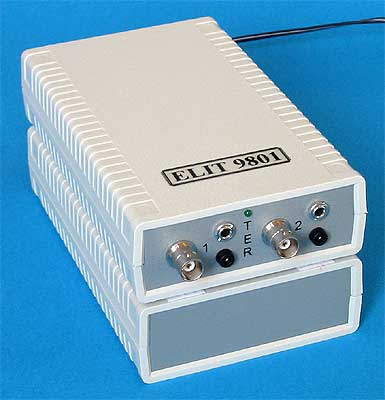
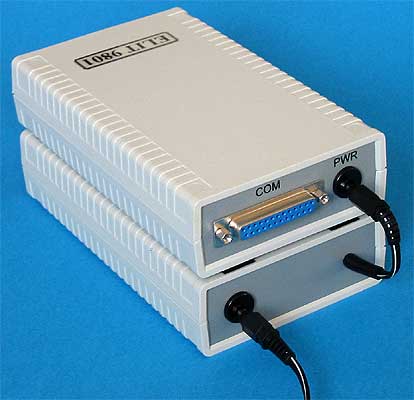
Price List and Ordering
BACK HOME | 

